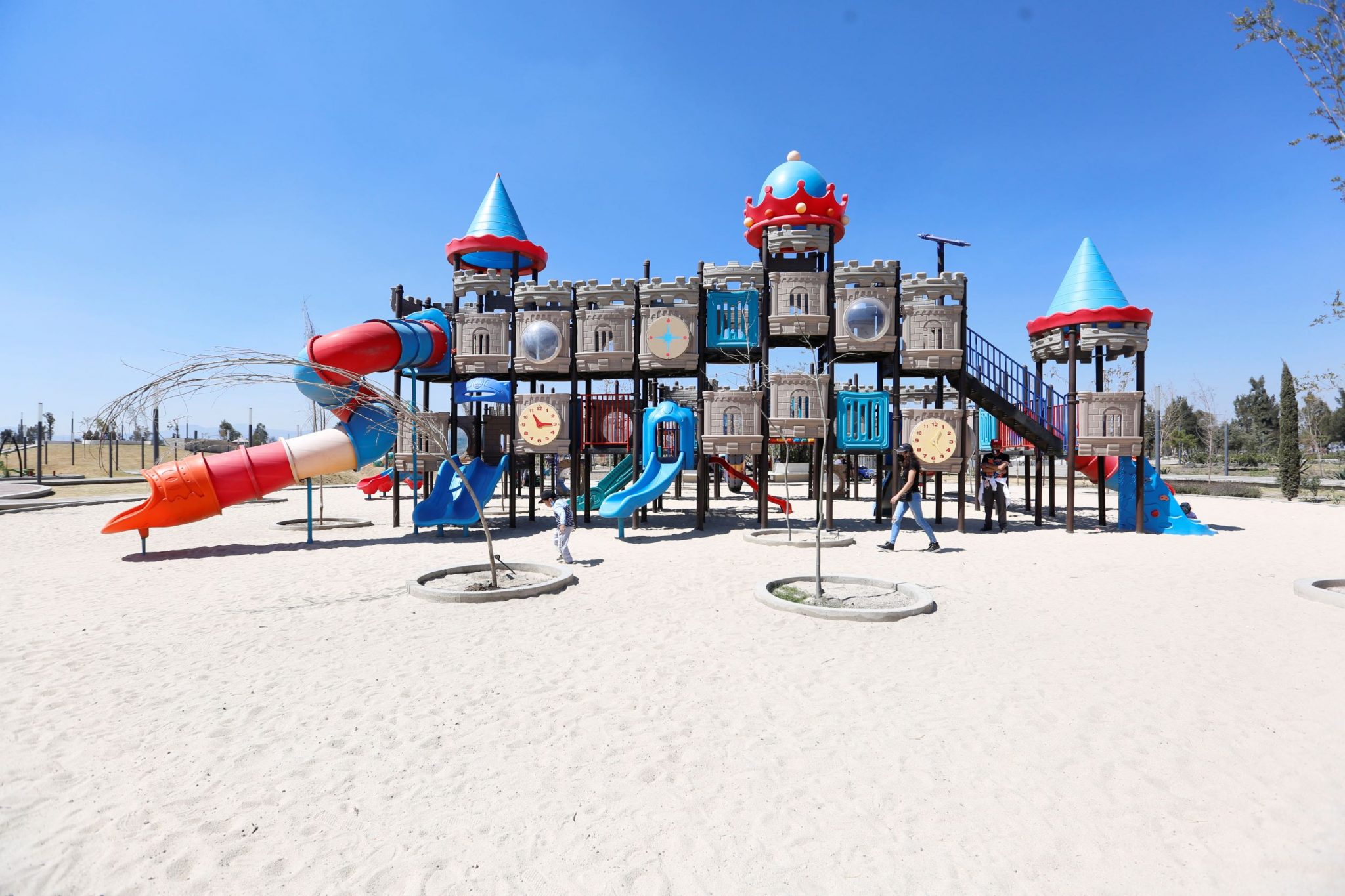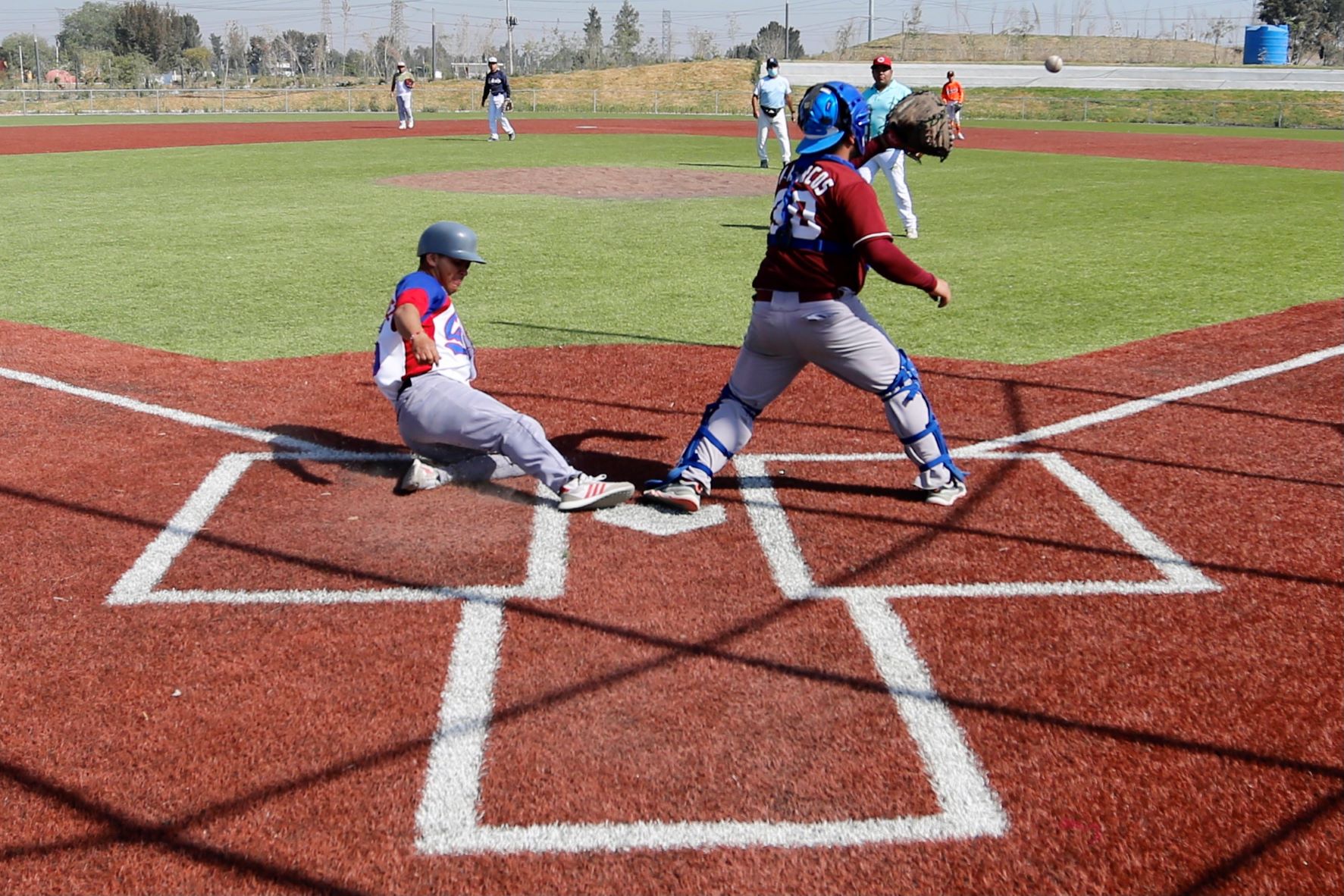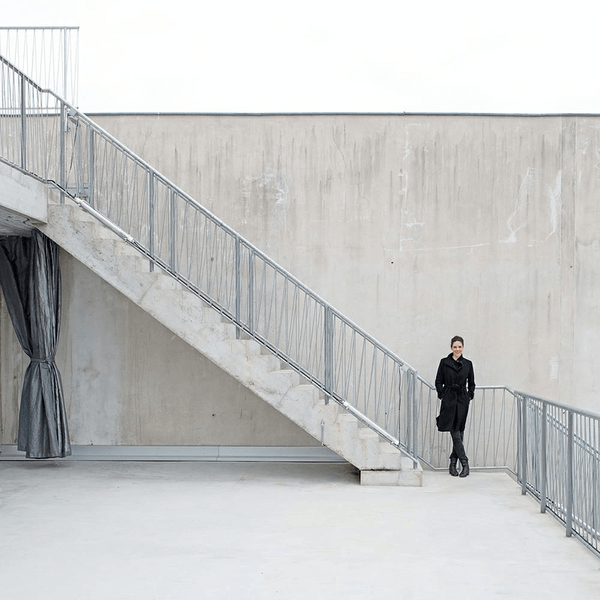The park comprises an area of 145 hectares and is located in Iztapalapa, the most populated area in Mexico City. Prior to the 1990s, the area was an open-air garbage dump. It was later, transformed into a recreational park, but without a proper soil management plan in place, the ground began to collapse, causing surface deformations and leading to the park’s deterioration.
In 2019, the Government of Mexico City resolved to revitalize this area with an ecological vision aimed at creating a dignified and inclusive public space. As one of the first spaces included in the "Sembrando Parques Program," it contributes to rebuilding the social fabric by offering green infrastructure and services that provide citizens with safe opportunities for recreation involving nature, culture, and sports.
The park’s first and second stages of recovery and rescue have been completed, positioning this project as a pilot for circular economy within the city. Almost 90% of the materials used in its construction were sourced from different types of waste such as PET and other recycled plastics, in addition to tons of crushed rubble for soil stabilization.
The project incorporated the use of rainwater for urban sustainability by creatiing wetlands (lakes), which in turn increased flora and fauna, improved water and air quality, and reduced the risk of flooding in the area. In addition, pollinator gardens were established, generating conditions for forestation, CO2 capture, oxygen production and increased humidity.
Four ecosystems, pollinator gardens, forum, hydraulic pavilion, wetlands, wastewater treatment plant, willows, lakes, vegetative slopes, children's playground, skatepark-bowl, baseball field, canine area, kart track, forum, baseball field, plazas and distribution walkways were built in the park.





